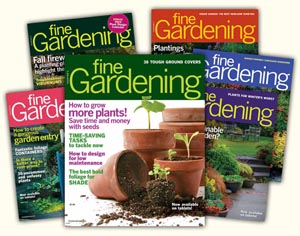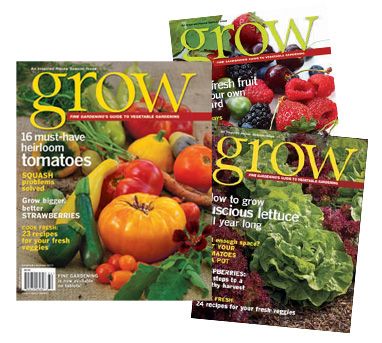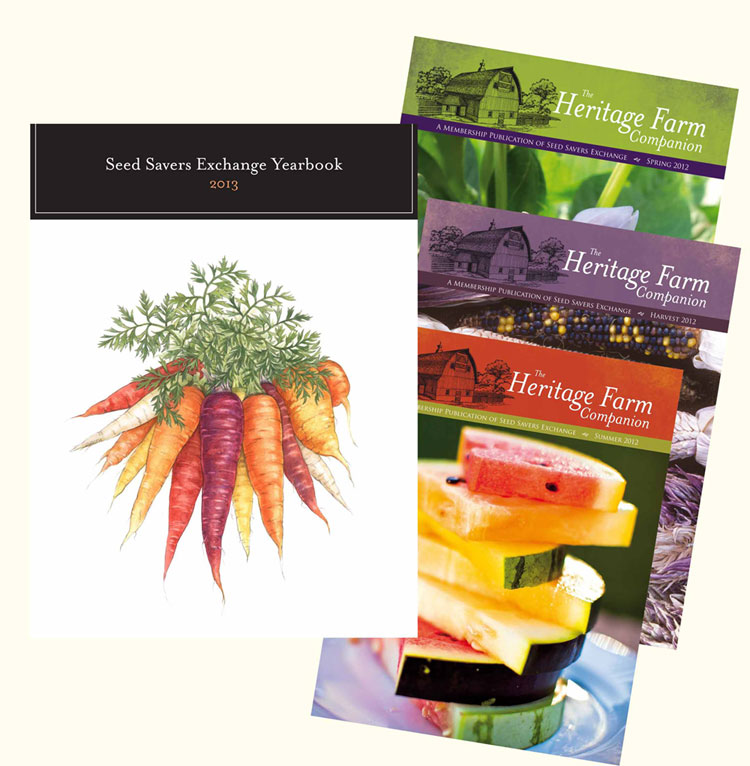There’s a chill in the air, and it’s time to fill your kitchen with the warm smells of apple dishes.
This Apple Upside Down Gingerbread recipe appeared in the 1999 Seed Savers Exchange calendar, and was created by world-class chef Richard Palm. The ingredients and method follows. Enjoy!
4 Tbsp. melted butter ¾ cup brown sugar 3 tart baking apples, peeled, halved, cored and thinly sliced
Preheat oven to 350 degrees F. Grease or spray the bottom and sides of an 11 x 7 x 2” metal pan. Pour the melted butter into the pan and sprinkle the brown sugar evenly over it. Arrange the thinly sliced apples over the butter and brown sugar.
Mix the following batter and pour it over the apples:
2¼ cups sifted, unbleached all-purpose flower ½ tsp. baking soda ½ tsp. salt 2 tsp. ground ginger 1 tsp. ground cinnamon ½ tsp. ground cloves ½ tsp. ground nutmeg ½ tsp. ground allspice 1 tsp. Dutch processed cocoa ½ cup (1 stick) unsalted butter/melted and cooled to room temperature ¾ cup molasses ¾ cup granulated sugar ½ cup buttermilk ½ cup milk 1 large egg
Whisk together the flour, baking soda, salt, spices and cocoa in a bowl. In a separate bowl, use an electric mixer to beat together the butter, molasses, sugar, buttermilk, milk, and egg. Add the dry ingredients and beat until the batter is smooth and thick (about a minute), scraping down often. Pour the mixture over the top of the apple slices in the prepared pan. Bake on the middle oven rack for 50-60 minutes, until a toothpick comes out clean. Cool in the pan for 5 minutes.
_____________________________________________________
Seed Savers Exchange is a non-profit organization, with a mission to conserve and promote America's culturally diverse but endangered garden and food crop heritage for future generations by collecting, growing, and sharing heirloom seeds and plants.


























